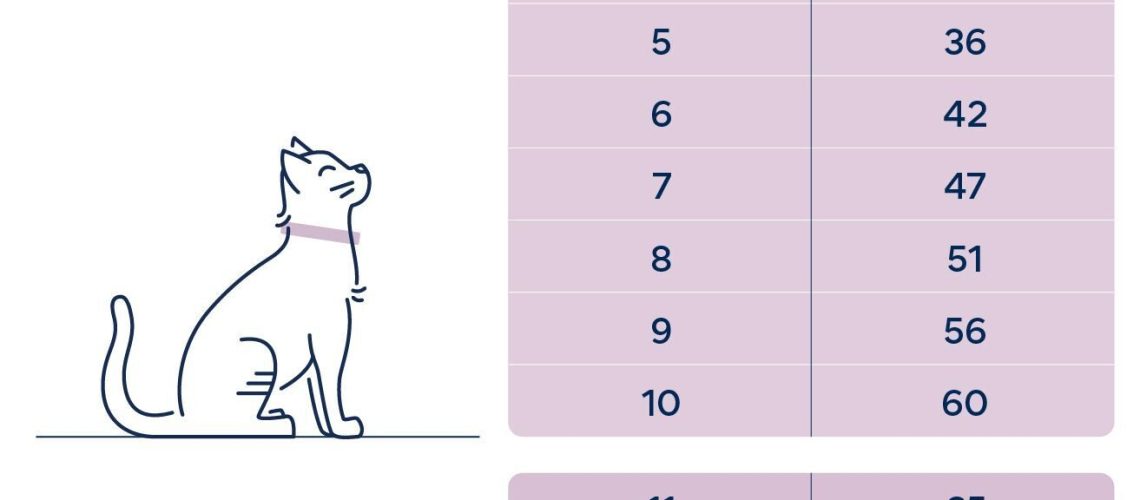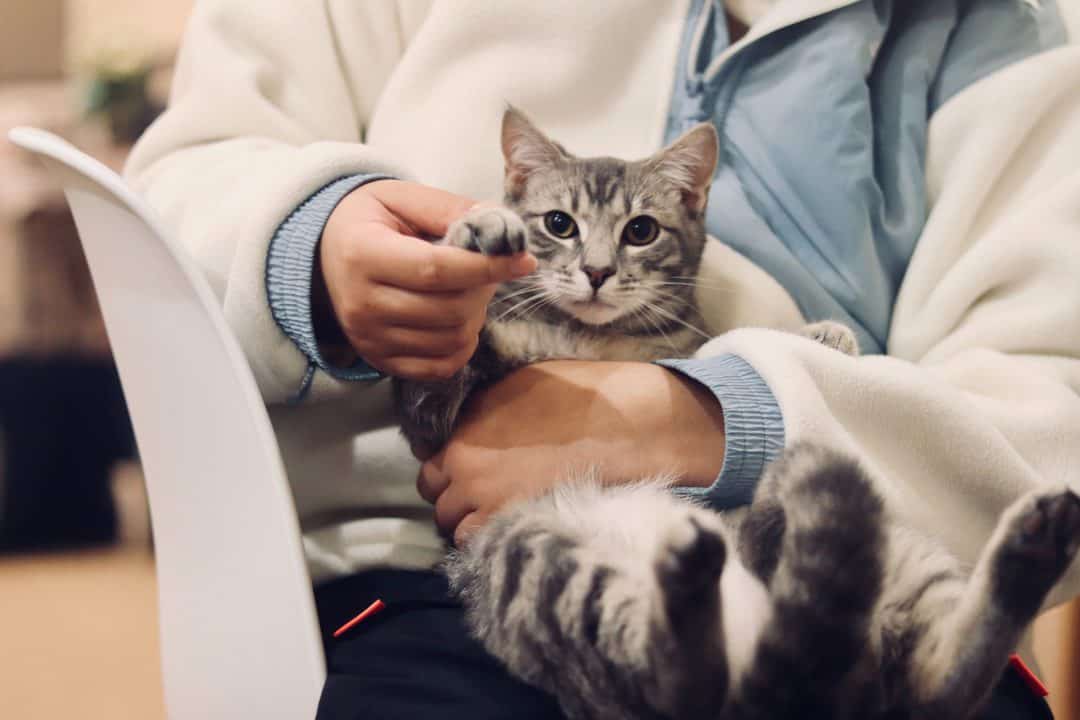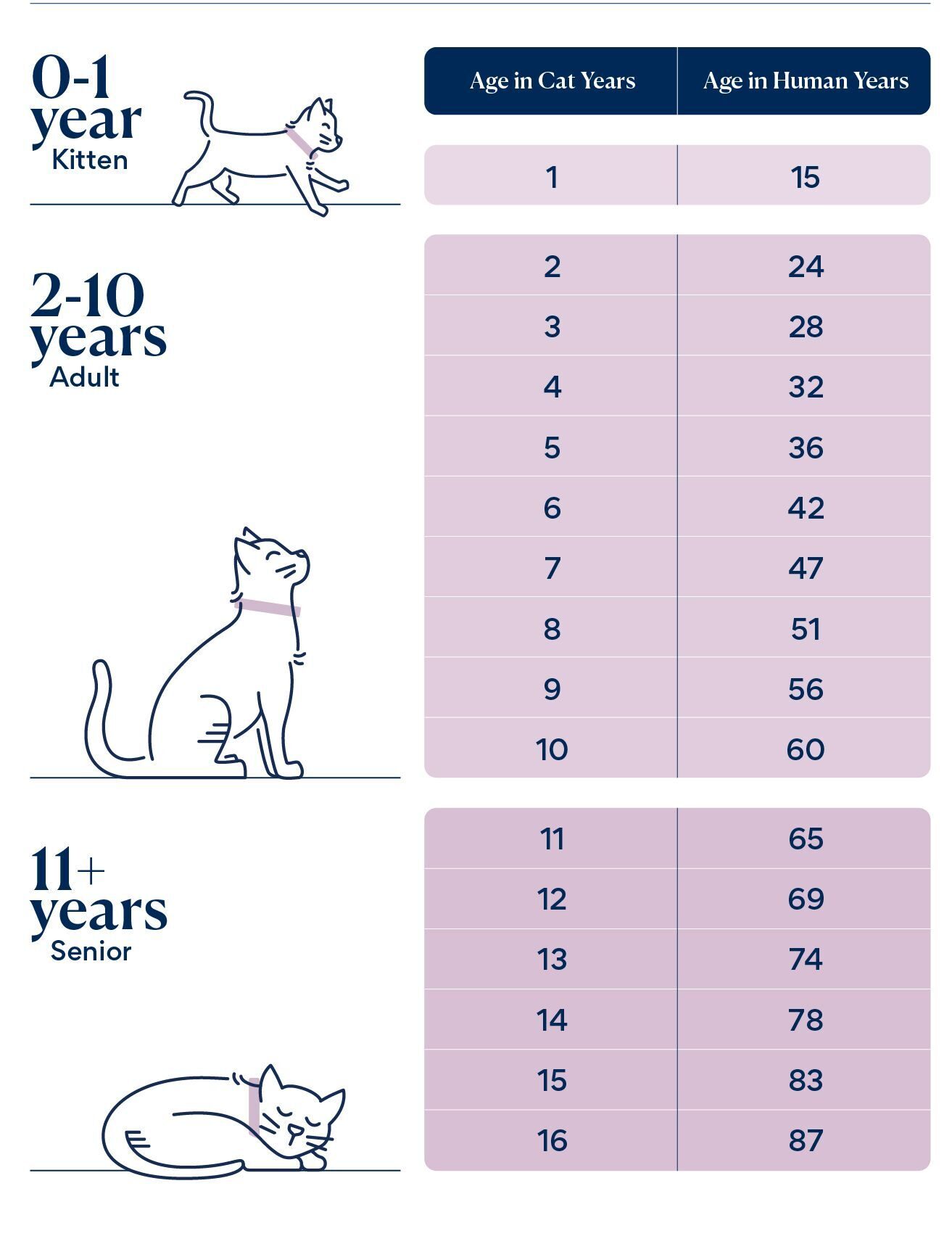Discover how to determine your cat's age in human years by observing their behavior, physical changes, and considering factors like teeth, eyes, mobility, and weight.
Key Takeaways:
- Cats age faster in their early years, with the first year equivalent to around 15 human years.
- After the first year, a general guideline is to add 4 human years for each cat year.
- However, the rate at which cats age slows down as they get older.
- A cat reaching 10 years old is roughly equivalent to a human in their mid-50s.
- Regular veterinary check-ups are essential to monitor a cat's health and aging process.
How to Determine Your Cat's Age in Human Years
As a cat owner, you may wonder how old your furry friend is in human years. While cats age differently than humans, there is a way to estimate their age in human years. One simple method is to consider that the first year of a cat's life is equivalent to about 15 human years. So, if your cat is one year old, they would be similar to a teenager in human years.
To determine your cat's age more accurately, you can also look at their behavior and physical changes. Kittens are very playful and have lots of energy, while older cats tend to become less active and may even develop some gray fur or experience weight gain. By observing these signs, you can get a better idea of where your cat falls on the human age scale.
Factors Affecting Aging
It's important to note that not all cats age at the same rate. Just like humans, genetics and lifestyle factors can influence how quickly or slowly a cat ages. Some cats may show signs of aging earlier than others due to genetic predispositions or health conditions. On the other hand, well-cared-for cats with a healthy diet and regular exercise may age more gracefully.
Tips for Estimating Age
- Look at your cat's teeth: Younger cats have sharp teeth, while older cats may have dental issues or missing teeth.
- Check their eyes: Older cats often develop cloudiness or changes in eye color.
- Observe their mobility: Younger cats are usually more agile and flexible compared to older ones who might have stiffness or difficulty jumping.
- Consider their weight: Kittens grow rapidly and gain weight quickly, while older cats may become overweight or lose muscle mass.
By considering these factors and observing your cat's behavior and physical changes, you can get a good estimate of their age in human years. Remember, every cat is unique, so it's always best to consult with a veterinarian for an accurate assessment of your cat's age and overall health.
The Average Lifespan of a Domestic Cat
On average, domestic cats have a lifespan of around 15 years. However, this can vary depending on various factors such as genetics, diet, and overall health care. Some cats may live well into their late teens or even early twenties, while others may have shorter lifespans due to certain health conditions or accidents.
Factors Affecting Lifespan:
-
Breed:
Different cat breeds have different average lifespans. For example, some purebred cats may be prone to certain genetic disorders that can shorten their lifespan.
-
Diet and Nutrition:
Providing a balanced and nutritious diet is crucial for a cat's overall health and longevity. Feeding them high-quality cat food that meets their nutritional needs can help extend their lifespan.
-
Indoor vs Outdoor Living:
Cats that are kept indoors tend to live longer compared to those allowed to roam outside freely. Indoor cats are protected from dangers such as traffic accidents, predators, and exposure to diseases.
When Cats Become Adults and Seniors
Cats typically reach adulthood between the ages of one and two years old. At this stage, they have fully developed physically and sexually matured. They are generally more independent and self-sufficient compared to when they were kittens.
Moving into Senior Years:
As cats age beyond adulthood, they enter their senior years around the age of seven or eight. During this phase of life, they may start experiencing age-related changes in their behavior and health. It is important for cat owners to provide appropriate care and regular veterinary check-ups to ensure their senior cats remain healthy and comfortable.
Understanding "Cat Years" and Their Relation to Human Years
The concept of "cat years" is often used to estimate a cat's age in relation to human years. It is commonly believed that one cat year is equivalent to seven human years. However, this is a rough approximation and not entirely accurate.
More Accurate Calculation:
A more accurate way to calculate a cat's age in human years takes into account the different rates at which cats and humans mature. During the first two years of a cat's life, they undergo rapid physical and sexual development. After that, each additional year can be roughly estimated as four human years.
When Cats Reach Adulthood in Human Years
In terms of human years, cats generally reach adulthood between the ages of 18 and 24 months. This is when they have fully developed physically and sexually matured. At this stage, cats are typically more independent, sexually active (if not neutered), and have established their personalities.
The Effects of Age on a Cat's Behavior and Health
As cats age, their behavior and health can be significantly impacted. Older cats may become less active and playful compared to their younger counterparts. They may also experience changes in appetite, sleep patterns, or develop certain medical conditions such as arthritis or dental issues.
Common Age-Related Changes:
-
Reduced Energy Levels:
Older cats tend to have lower energy levels and may prefer quieter environments with less physical activity.
-
Increase in Sleep Time:
Senior cats often spend more time sleeping or resting compared to when they were younger.
-
Changes in Appetite:
Some older cats may experience a decrease in appetite or have specific dietary requirements due to dental problems or other health issues.
Estimating a Cat's Age in Human Years through Signs and Physical Changes
Estimating a cat's age can be challenging, especially if their history is unknown. However, certain signs and physical changes can provide clues about their approximate age.
Signs of Aging:
-
Dental Health:
The condition of a cat's teeth can give an indication of their age. Younger cats usually have clean and white teeth, while older cats may show signs of wear, tartar buildup, or missing teeth.
-
Fur Color and Texture:
The color and texture of a cat's fur can change as they age. They may develop gray hairs or experience thinning fur in certain areas.
-
Muscle Tone and Mobility:
Older cats often lose muscle tone and flexibility. They may move more slowly or struggle with activities they used to perform easily.
Possibility of Cats Living Longer than Average in Human Years
While the average lifespan of domestic cats is around 15 years, it is not uncommon for some cats to live well beyond that timeframe. With proper care, nutrition, regular veterinary check-ups, and a safe environment, some cats can reach their late teens or even early twenties.
Factors Influencing How Quickly Cats Age Compared to Humans
The rate at which cats age compared to humans can vary depending on several factors:
Influencing Factors:
-
Genetics:
Genetic factors play a role in determining how quickly cats age. Some breeds may be more prone to certain age-related health issues, while others may have genetic advantages that contribute to their longevity.
-
Diet and Lifestyle:
Providing a balanced diet and ensuring regular exercise can help slow down the aging process in cats. Obesity and a sedentary lifestyle can accelerate aging and lead to various health problems.
-
Environmental Factors:
Cats exposed to environmental toxins, pollutants, or stressful living conditions may experience accelerated aging compared to those in healthier environments.
Remember, this article provides a general approximation of how old your cat could be in human years. Keep in mind that individual cats may age differently based on various factors such as breed, size, and overall health.
How do you calculate a cat's age?
A cat's first year is equivalent to 15 human years, and each subsequent year adds approximately 9 human years. Therefore, 2 cat years would be about 24 human years. Starting from the third year, each additional human year is equivalent to 4 "cat years," so if a cat is 3 years old, it would be around 28 human years.
How old is cat years?
To determine a cat's age in human years, a commonly used formula involves adding 15 years for the first year of life, 10 years for the second year, and 4 years for every subsequent year. This means that by the second year, a cat is considered to be equivalent to a 25-year-old human.
Is 24 old for a cat?
This stage of a cat's life, which spans from age 24 to 40 in human years, is considered the mature stage. At this point, cats may start to show signs of aging, such as slowing down and gaining weight. In terms of human age, this stage is equivalent to being in one's mid-40s to mid-50s.
How long do cats normally live?
On average, indoor cats have a lifespan of 12-18 years, but some may live into their early 20s. The oldest known cat, Creme Puff, lived a remarkable 38 years. Outdoor cats tend to have shorter lives because they are more susceptible to accidents such as being hit by cars or attacked by dogs.
What was the oldest living cat?
Creme Puff, a cat from Texas, holds the record for being the oldest cat ever to live. Creme Puff lived to be 38 years old and 3 days, from August 1967 to August 2005, according to Guinness World Records.
Is 17 years old for a cat?
According to PetMD, the typical life expectancy of a cat is between 13 and 17 years in human terms. A cat reaching the age of 20 is considered quite old. However, the lifespan of a cat can be influenced by factors such as diet, lifestyle, healthcare, breed, and genetics.
















